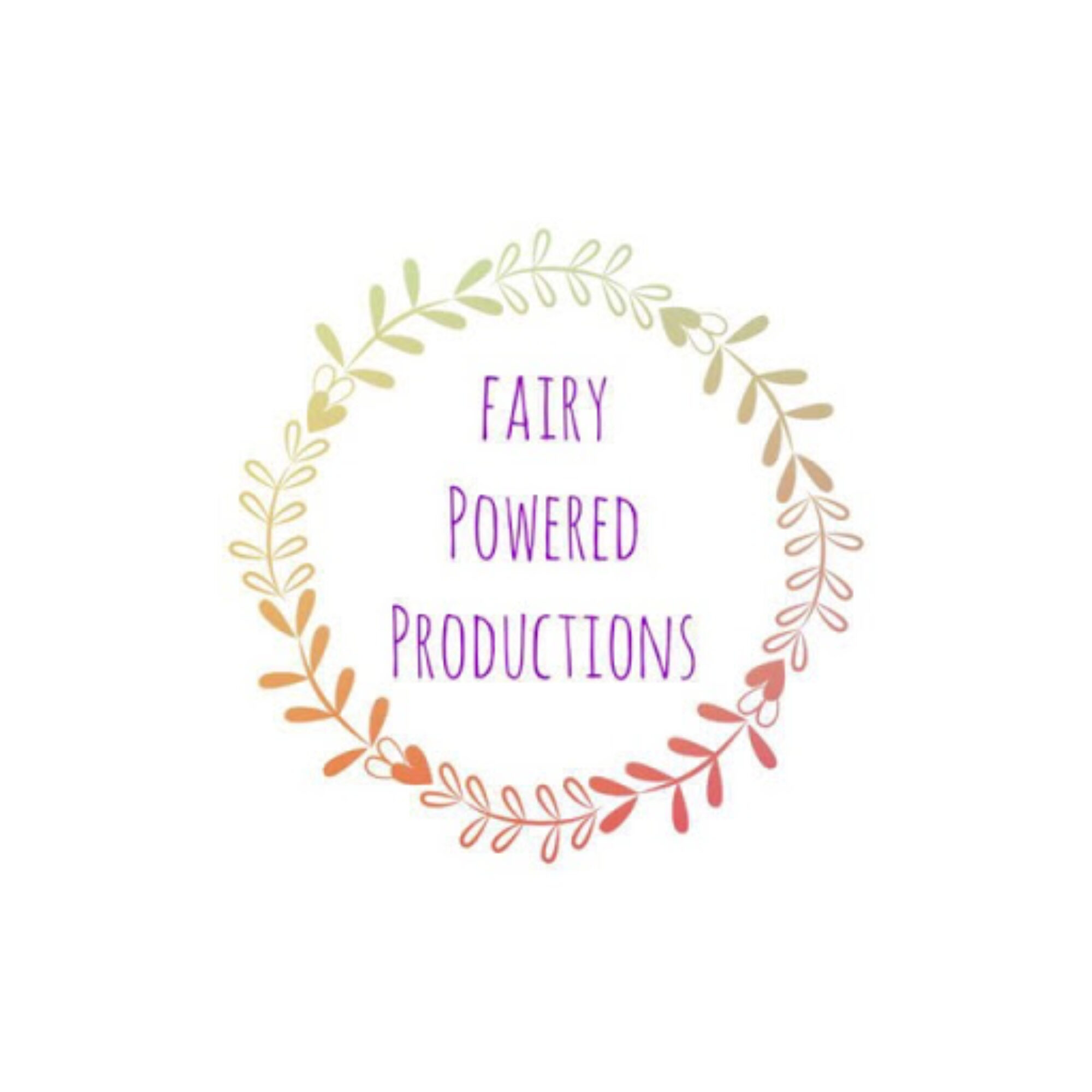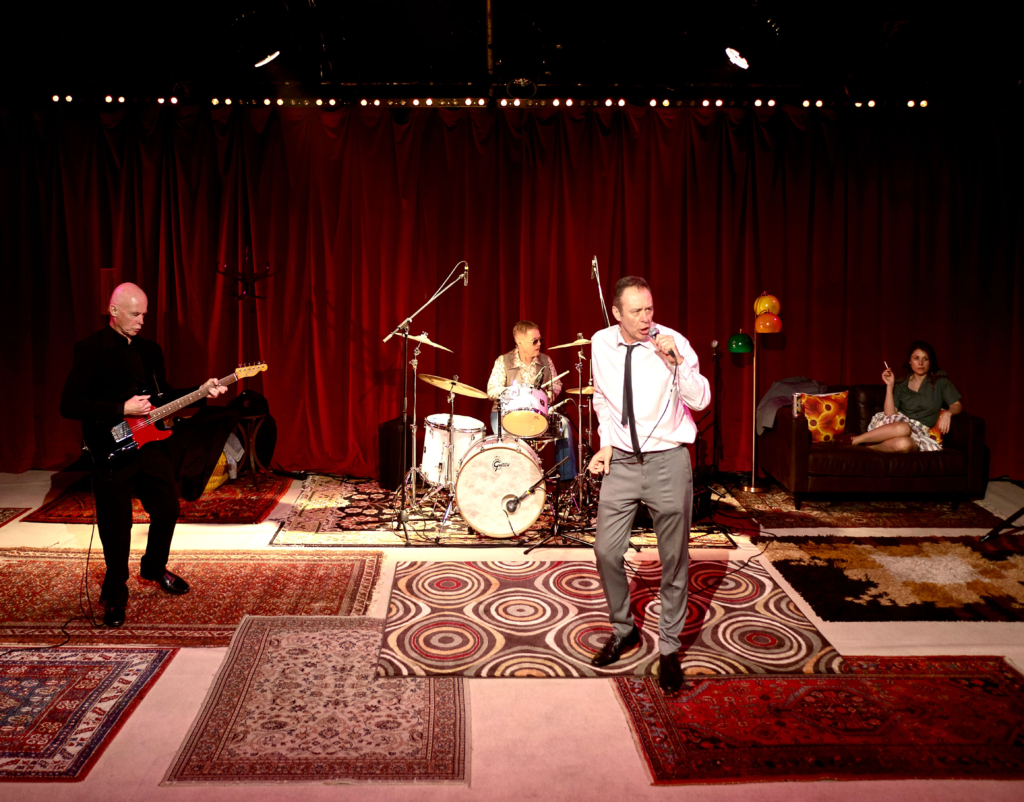Southwark Playhouse (Borough), London – until 19 April 2025
Reviewed by Phil Brown
4****
I think it’s the first time I’ve ever seen a theatre programme say “Spoiler Alert – we advise you to read this article after seeing the play – not before”. It’s a very good piece by the way, but an interesting approach to introducing what is certainly an intriguing event.
However, it seems unlikely that anyone planning to see Jonathan Maitland’s extraordinary play isn’t already acquainted to some degree with Wilko (well played by Willis Johnson). But for the record, John Wilkinson, otherwise known as Wilko Johnson, (and “don’t ever call me John ‘cos I’ll hit you”), was a guitarist/songwriter that came to prominence as a key member of Dr Feelgood – a four piece band that stormed to the front of the burgeoning pub rock scene in the mid to late 1970s with a take no prisoners, kick-ass show.
Although musically much more derivative of the 60s R&B era, the band is often cited as influential on the nascent punk rock scene thanks to Wilko’s unique guitar style and the frantic on stage energy . In a remarkable eruption of creativity matching output levels of earlier times, the Feelgoods recorded 4 albums in the two year period 1975-1977 – ‘Down by the Jetty’, ‘Malpractice’, ‘Stupidity’ (Live) and ‘Sneaking Suspicion’ – all based around Wilko’s songs and selected cover material.
The brutal truth is though, Wilko’s relatively brief spell in Dr Feelgood was the highpoint of his music career, at least until his farewell tour in 2013 with Roger Daltrey. He removed himself from his own band over the time-honoured musical differences (actually more lyrical than musical). As a consequence, the core music in Maitland’s play all comes from that period, and casting wise, the play is built around performers who can also play the Feelgoods music, even though it covers a much broader sweep of Wilko’s life. Of the remaining Feelgoods, singer Lee Brilleaux is played brilliantly by Jon House who also blows a mean gob-iron, whilst bass player Sparko (Georgina Field) and drummer Big Figure (David John) form a powerful rhythm section. (Following Wilko’s departure, the Feelgoods carried on successfully, surviving Lee Brilleaux’s death in 1994, and like Trigger’s broom, continue to this day but with none of the original parts).
Maitland has done a thoughtful job of structuring this fascinating play to present and link the decisive episodes in Wilko’s life dramatically and smoothly. You are hooked from the opening scene and it doesn’t let go until the very end. It starts with Wilko getting the news he has pancreatic cancer and his decision to eschew chemotherapy in order to properly enjoy his remaining days. The apparent certainty invigorates him, lifting a predisposition to depression.
This leads to moments of reflection where we see teenage Wilko seeing the beauty in home (Canvey Island), meeting his future wife Irene Knight (a superbly convincing Georgina Fairbanks), locking horns with his dad (Jon House), challenging his English teacher at Westcliffe High School for Boys (also Jon House) and as a member of the Jug Band playing a charming skiffle version of “Route 66” outside the Monico on Canvey to impress Irene. They marry as teenagers and Wilko goes off to study English Language and Literature at Newcastle University (not Cambridge – “they don’t have people who speak like me – bastards”). It was a happy time – Wilko quoting Wordsworth says “bliss was it in that dawn to be alive, But to be young was very heaven”. Maitland makes good but sparing use of such poetic quotations to underline Wilko’s deep love of literature. Apparently, he knew all of Shakespeare’s sonnets by heart.
Regarded as an English eccentric, this sequence highlights some key facets of Wilko’s personality – his romanticism, his literary and artistic aspirations and his childlike impatience with conventional attitudes and authority. But for all his scholarship (poetry and later astronomy), he was far from being a sophisticate and this play gives an unvarnished view of a someone who was fundamentally lacking in maturity – he could be naive, selfish, impulsive, prickly, arrogant, unfaithful and contrarian.
The remainder of Part 1 whisks us through the post Feelgood bands – Solid Senders and the Blockheads (who were too musical for him) – and as a solo artist until the life changing moment Irene dies of cancer in 2004.
Part 2 opens with Wilko, still not over the death of Irene in 2013, having 12 months to live. Cue more philosophical reflections on the Feelgoods – the perfect four piston engine, and life in general – “be not afraid of death, be afraid of a life unlived”. Determined to follow this philosophy, Wilko undertakes a pilgrimage to Japan and then returns to record and tour the “Going Back Home” album with Roger Daltrey. Meanwhile, part time rock photographer and cancer doctor Charlie Chan notices something unusual at the final Camden gig – Wilko seems far too healthy to be sprauncing around on stage with terminal pancreatic cancer. This leads to a second opinion and an entirely successful 12 hour operation at Addenbrookes to remove the growth along with several other internal organs. The play concludes with more Dr Feelgood regrets, neatly bringing the band back to the stage for a couple of concluding songs.
In truth, no performer could have choreographed a better ending to their career than Wilko. It has certainly confirmed his place amongst the legends of rock music. Whilst I think the balance of music to speech was a little uneven (ie not enough), Jonathan Maitland’s play, well directed by Dugald Bruce-Lockhart is a fond and touching fan’s tribute to a singular character. An unusual, immaculately produced real life drama with superb music.

